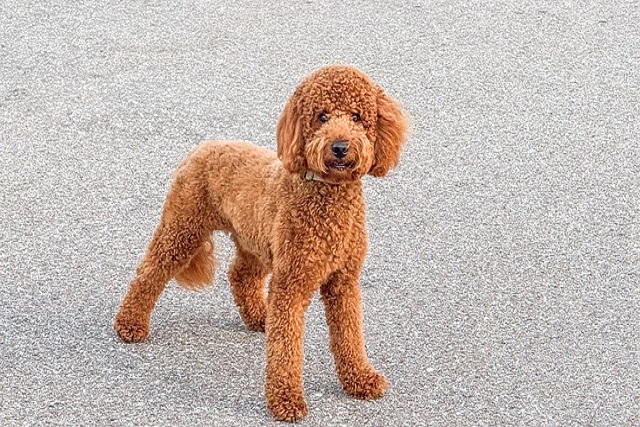
What is glaucoma in a dog?
You might notice your dog squinting more at mealtime or avoiding bright sunlight—these small changes could be early signs of a serious eye condition.
You’ve just returned from a summer walk with your panting Labrador, and they collapse onto their new cooling mat. But 20 minutes later, it feels warm—did it fail? Not necessarily. Cooling mats work differently, and their effective duration hinges on science, environment, and your dog’s habits. Let’s demystify this, blending practicality with responsible pet care.
Most cooling mats fall into two categories: gel-filled (blue squishy pads) and phase-change material (PCM) mats. Gel mats absorb body heat through conduction, typically staying cool for 1–3 hours in moderate indoor temperatures (around 72°F). PCM mats, often pricier, contain microcapsules that "melt" at safe temperatures (e.g., 59°F), releasing coolness for 3–6 hours—ideal for Arizona summers or anxious dogs who overheat easily. But if your Great Dane sprawls directly on it in a sunlit apartment, expect shorter relief. Always place mats in shaded, ventilated spots—never near radiators or sunny bay windows.
Maximizing cool time starts pre-use. For gel mats, chill in the fridge (not freezer—extreme cold cracks the gel!) for 15 minutes before use. PCM mats require no pre-cooling. When your dog leaves the mat, wipe it with a damp cloth to reset its surface temperature. Rotate two mats: while one recharges (gel needs 30+ minutes fridge time; PCM resets at room temp in 1–2 hours), the other stays in service. Avoid cheap vinyl mats—they leach toxins when chewed and lose effectiveness fast.

Safety and compliance matter. Overheating isn’t just uncomfortable—it exacerbates underlying conditions. Ensure core vaccines (rabies, distemper/parvo) are current—legally required nationwide—since sick dogs regulate temperature poorly. Never leave a mat unsupervised with chewers; ingested gel can cause blockages. If your dog resource-guards the mat, use positive reinforcement: trade it for a high-value treat, never yank it away. In apartments, place mats away from balconies or shared walls—a dog scrambling off a mat at 3 AM could trigger noise complaints under city ordinances.
Community-smart cooling: Skip mats during park outings (public grass may puncture them). Instead, use a cooling bandana soaked in water for walks, and always carry biodegradable bags—scooping is mandatory (fines up to $250 in L.A.). Post-walk, combine the mat with a fan for airflow. If your dog ignores the mat, freeze a lick mat with bone broth and place it on the cooling pad—licking lowers body temperature while associating the mat with rewards.
When cooling isn’t enough: Mats won’t help severe heatstroke (excessive drooling, stumbling). Rush to a vet—delaying risks legal liability if preventable harm occurs. For senior dogs or breeds like Bulldogs, pair mats with tile flooring and always provide fresh water (change it hourly in heat).
Realistically, no mat replaces air conditioning. But used wisely, it’s a safe oasis—for your pup and your peace of mind.

You might notice your dog squinting more at mealtime or avoiding bright sunlight—these small changes could be early signs of a serious eye condition.

Let’s set the scene: It’s a sweltering Phoenix afternoon—105°F outside—and you rushed your 2-year-old Lab mix, Cooper, on a quick walk to “get it over with.”

Let’s get real: You’re in your Miami apartment, watching your 3-year-old Corgi, Loki, struggle to climb the stairs to your second-floor unit.

Many dog owners brush off occasional scratching as just “dog behavior,” but persistent itching often signals something more—like a food allergy.

You might first notice your dog scratching more than usual—chewing at their paws until the fur looks thin, or rubbing their face against the couch nonstop.

Let’s be real: You’re standing in your Chicago apartment, watching your 3-year-old Beagle, Max, huff and puff just to climb onto the couch.